Do not "scold" elementary school students, do not record disciplinary information in the report card
The most recent circular regulating specifically about rewards and discipline for students is Circular 08, issued in 1988, 37 years ago.
According to this regulation, depending on the level of violation, students will be disciplined in the following forms: reprimand in front of the class, reprimand in front of the school's disciplinary council, warning in front of the whole school, expulsion for 1 week and expulsion for 1 year.
In 2020, when Circular 28 on Primary School Regulations and Circular 32 on Secondary School, High School, and Multi-level General Schools were issued, Circular 08 was not completely replaced. Schools must flexibly apply all three Circulars at the same time.

Students of My Thuy Primary School, Ho Chi Minh City in a class (Photo: Huyen Nguyen).
Specifically, elementary schools no longer have the form of student discipline of temporary expulsion (temporary suspension from school).
Also in elementary school, teachers are not allowed to criticize students in front of the whole class, in front of the whole school, and in general meetings with parents.
At the secondary and high school levels, Circular 32 allows students to temporarily suspend their studies but does not specify the minimum and maximum time. Therefore, the way this form of discipline is applied varies from school to school.
The most common suspension period is between 1-5 days. It is rare for a school to suspend a student for a year.
In addition, although Circular 32 does not prohibit reprimanding or warning students in front of the class or the whole school as stipulated in Circular 08, schools have also abandoned this form.
Instead, more positive measures have been applied, including: Reminding, supporting, directly helping or reprimanding, notifying parents to coordinate in helping students overcome shortcomings.
The new draft Circular replacing Circular 08 will clarify these contents, specifically regulating the forms of discipline that schools can and cannot use.
Accordingly, the form of expulsion or temporary suspension from school is abolished. The form of reprimand or warning in front of the class or the whole school is also not applied.
For elementary school students, there are only two forms of discipline: warning and asking for an apology.
Teachers are not allowed to criticize students, meaning they are not allowed to use emphatic words or have a strict attitude towards students - according to the definition in the draft circular.
At the same time, schools are not allowed to keep disciplinary information about elementary school students in their records and transcripts.
For middle and high school students, there are 3 disciplinary measures applied: reminder, criticism and request to write a self-criticism.
In addition, schools and teachers need to carry out a number of activities to support students in overcoming violations, including: advising and encouraging students to self-aware of violations; monitoring, advising, and supporting students who violate during the process of overcoming; requiring students to carry out a number of appropriate activities to overcome violations; coordinating with students' families and other forces to advise and support students in overcoming violations.
The draft shows the viewpoint of placing the school’s responsibility above all in helping students correct their mistakes. The school must implement measures ranging from reminders, criticism to advice, encouragement, monitoring, counseling, etc.
Measures to coordinate with students' families and other forces to advise and support students to overcome violations are put forward last.
The principal's award ceremony for students must be held solemnly.
Similar to the regulations on discipline, the current regulations on student rewards are mainly applied according to Circular 28 and Circular 32.
Accordingly, students with achievements in studying and training are rewarded in the following forms: Commendation in front of the class or the whole school; awarding student titles; granting certificates, commendations, awards and other forms of rewards.
The new draft Circular basically retains these forms of rewards, but provides more detailed and specific regulations to increase the solemnity of the rewards.
Specifically, the draft clearly states four forms of rewards corresponding to the level of each good behavior or good achievement of students, including: commendation in front of the class, commendation in front of the whole school, certificate of merit from the principal, letter of commendation and other forms of commendation.
The principal's certificate of merit is not only for students with high academic achievements but also for students who actively participate in community activities and make many contributions to the class, school, and Youth Union activities.
At the same time, the organization of awarding certificates to students must be solemn and at the right time to promptly motivate, encourage, honor, and set an example for students.
Current regulations do not require schools to organize this certificate awarding activity.
Source: https://dantri.com.vn/giao-duc/giao-vien-khong-duoc-mang-hoc-sinh-tieu-hoc-theo-quy-dinh-ky-luat-moi-20250510113556074.htm




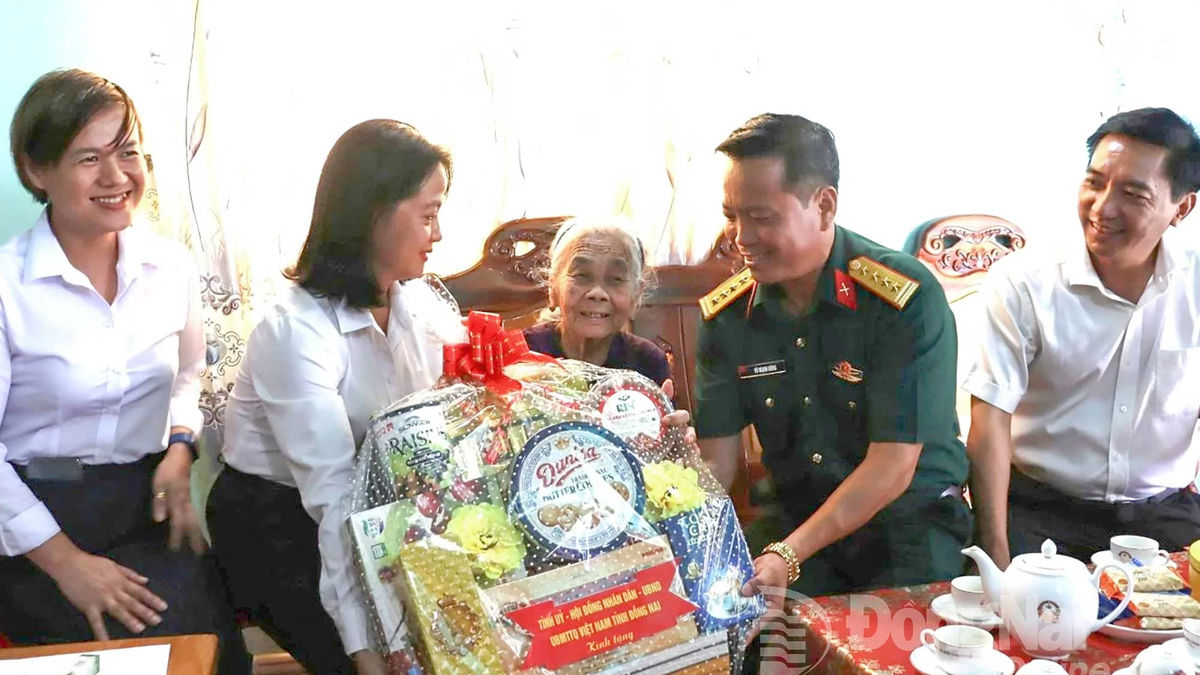




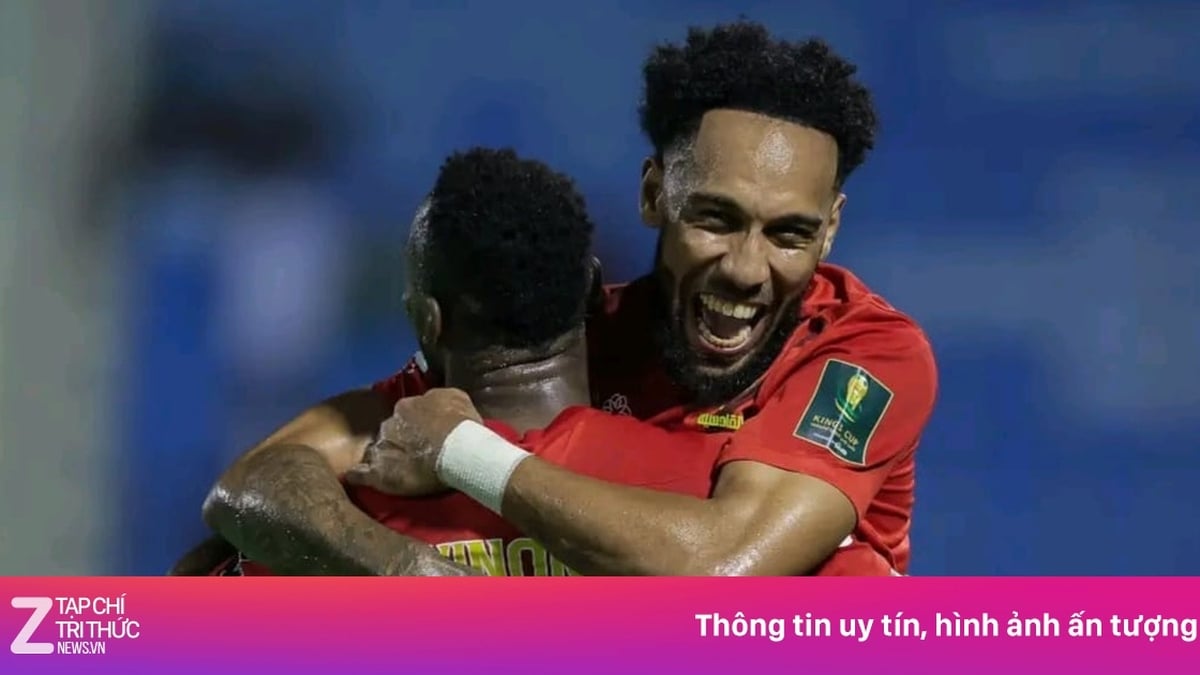
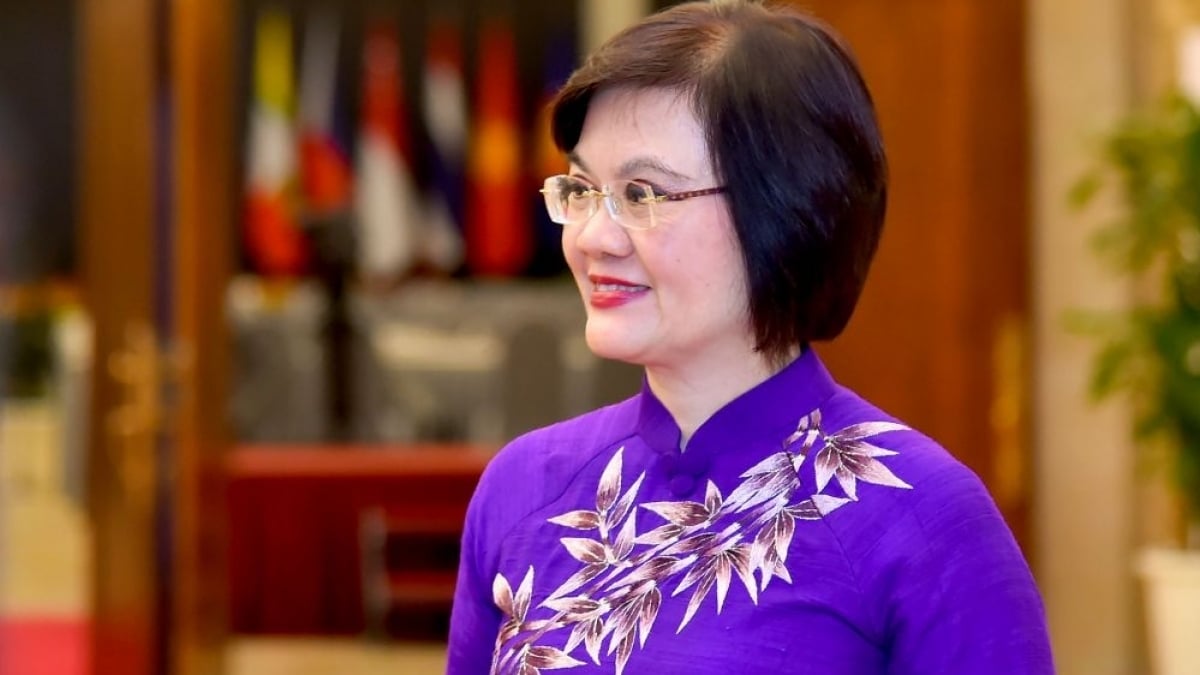

























































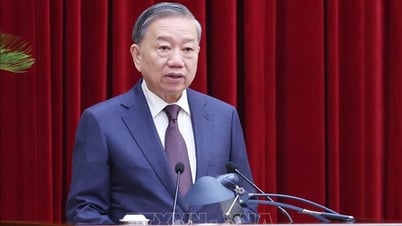

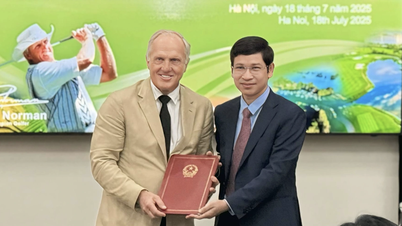


























![[Infographic] In 2025, 47 products will achieve national OCOP](https://vphoto.vietnam.vn/thumb/402x226/vietnam/resource/IMAGE/2025/7/16/5d672398b0744db3ab920e05db8e5b7d)





Comment (0)